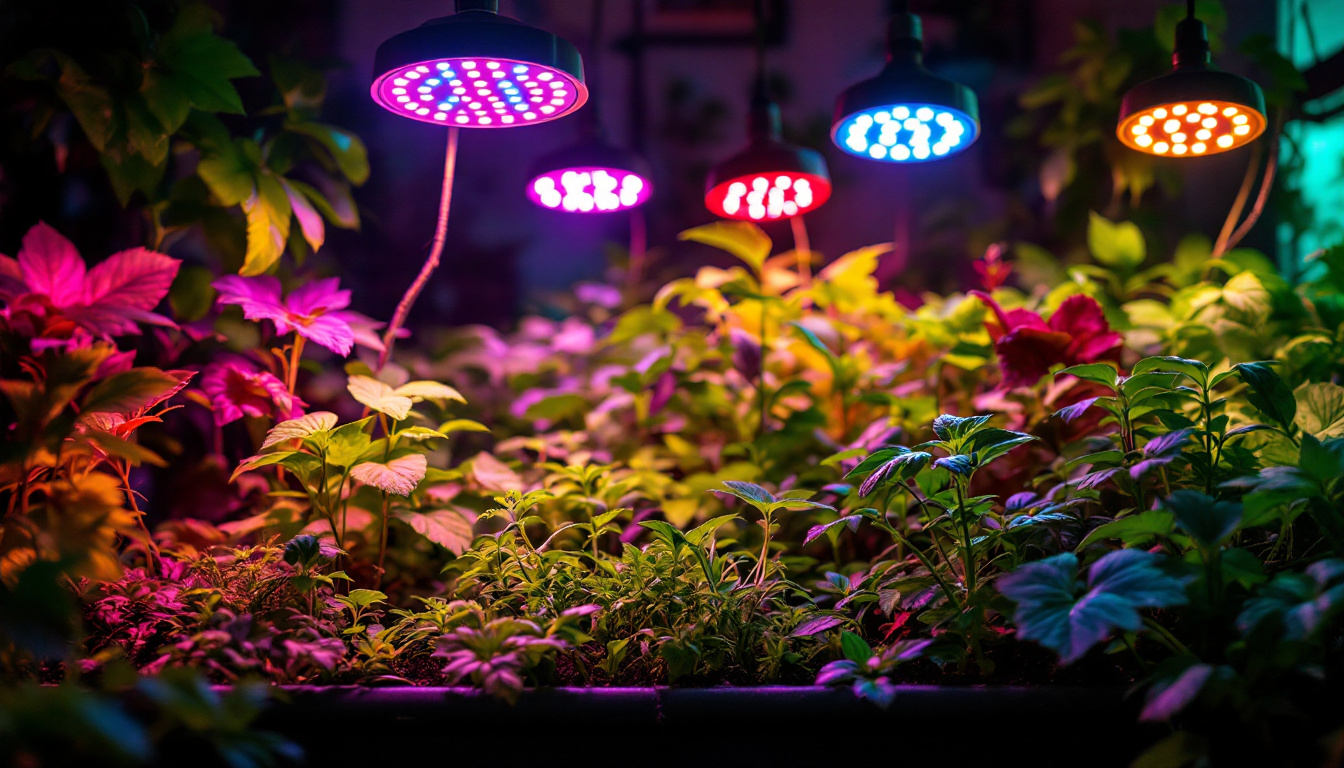
In recent years, the demand for solar lighting solutions has surged, driven by a growing awareness of sustainability and energy efficiency. Homeowners are increasingly seeking ways to reduce their carbon footprint while also enjoying the benefits of innovative lighting technologies. For lighting contractors, mastering solar light installations not only enhances service offerings but also positions them as leaders in a rapidly evolving market. This article explores the essentials of solar lighting, the advantages it offers, and how contractors can effectively integrate these solutions into their projects.
Before diving into the practical aspects of solar lighting installations, it’s crucial for contractors to grasp the fundamental technology behind these systems. Solar lights operate by converting sunlight into electricity using photovoltaic cells, which are typically found in solar panels. This electricity is then used to power LED lights, providing illumination without relying on traditional power sources. The efficiency of this conversion process has improved significantly over the years, with modern solar panels achieving conversion rates of over 20%, making them a viable option for a wide range of applications.
A solar lighting system generally consists of several key components: solar panels, batteries, LED lights, and a controller. The solar panels capture sunlight and convert it into electrical energy. The batteries store this energy for use during nighttime or cloudy days. LED lights are favored for their energy efficiency and longevity, while the controller manages the entire system, ensuring optimal performance. Additionally, many systems now incorporate smart technology, allowing for features such as motion sensors and remote control, which can enhance both security and convenience for users.
There are various types of solar lighting solutions available, each designed for specific applications. Pathway lights, floodlights, and decorative garden lights are popular choices for residential properties. Additionally, solar street lights are gaining traction in urban areas, providing sustainable lighting for public spaces. Understanding the different types of solar lights and their applications can help contractors recommend the best solutions to their clients. Moreover, commercial applications are expanding, with solar lighting being utilized in parking lots, sports fields, and even in remote areas where extending electrical infrastructure is impractical. The versatility of solar lighting solutions not only promotes energy savings but also contributes to reducing carbon footprints, aligning with global sustainability goals.
Solar lighting offers numerous advantages that appeal to homeowners. By understanding these benefits, contractors can effectively communicate the value of solar solutions to their clients, ultimately increasing sales and customer satisfaction.
One of the most significant benefits of solar lighting is its energy efficiency. Solar lights harness energy from the sun, which means homeowners can reduce their reliance on grid electricity. Over time, this can lead to substantial cost savings on energy bills. Furthermore, many regions offer incentives or rebates for solar installations, making the initial investment more attractive. In addition to these financial benefits, solar lighting systems often require minimal maintenance, as they are designed to withstand various weather conditions. This durability can further enhance long-term savings, as homeowners spend less on repairs and replacements compared to traditional lighting solutions.
As awareness of climate change and environmental sustainability grows, many homeowners are looking for ways to minimize their ecological footprint. Solar lighting systems produce no greenhouse gas emissions during operation, making them an eco-friendly choice. By promoting solar lighting, contractors can align their services with the values of environmentally conscious clients. Moreover, the use of solar lighting contributes to a reduction in fossil fuel consumption, which is a critical step toward a sustainable future. Homeowners can take pride in knowing that their choice not only benefits their household but also contributes to a larger movement aimed at preserving the planet for future generations.
Solar lights come in a variety of styles and designs, allowing homeowners to enhance the aesthetic appeal of their properties. From sleek modern designs to charming vintage styles, there is a solar light solution for every taste. Additionally, solar lights can be installed in various locations without the need for extensive wiring, making them versatile for different landscaping needs. This flexibility allows homeowners to creatively illuminate pathways, gardens, and outdoor living spaces, transforming their yards into inviting retreats. Furthermore, many solar lights are equipped with features such as motion sensors or adjustable brightness settings, adding both functionality and security to outdoor areas. By integrating solar lighting into their designs, contractors can help clients achieve a beautiful and safe environment that reflects their personal style while also being mindful of energy consumption.
To successfully integrate solar lighting into their offerings, contractors must be well-versed in installation best practices. Proper installation ensures optimal performance and longevity of the solar lighting systems, leading to satisfied customers and repeat business.
Before installation, conducting a thorough site assessment is essential. Contractors should evaluate the amount of sunlight the installation area receives throughout the day. Areas with ample sunlight will yield better performance, while shaded locations may require additional consideration, such as selecting lights with larger solar panels or batteries. Planning the layout of the lights is also crucial to ensure adequate illumination and aesthetic appeal. Furthermore, it is beneficial to take into account the local climate and seasonal variations in sunlight, as this can influence the performance of solar lights over time. For instance, regions with frequent overcast weather may necessitate the use of higher-capacity batteries to store energy for extended periods of low sunlight.
The positioning of solar panels significantly impacts the efficiency of the lighting system. Panels should be installed in locations that receive direct sunlight for the majority of the day, ideally facing south in the northern hemisphere. Additionally, avoiding obstructions such as trees or buildings is vital to maximize solar exposure. Contractors should also consider tilt angles, as a slight tilt can enhance energy capture. In addition to these factors, it is important to regularly maintain the solar panels by cleaning them to remove dust and debris, which can accumulate and reduce their efficiency. Educating clients on the importance of this maintenance can further enhance the longevity of the solar lighting systems and ensure they continue to perform at their best throughout the years.
While solar lighting systems require less maintenance than traditional lighting, contractors should educate homeowners on proper care and troubleshooting techniques. This knowledge can enhance customer satisfaction and reduce service calls.
Dust and debris can accumulate on solar panels, reducing their efficiency. Homeowners should be advised to clean the panels regularly, especially after storms or periods of heavy dust. Additionally, inspecting the batteries and lights periodically ensures that any issues are addressed promptly, prolonging the life of the system.
Contractors should familiarize themselves with common issues that may arise with solar lighting systems. For instance, if lights are not functioning, it may be due to insufficient sunlight exposure, faulty batteries, or damaged wiring. Providing homeowners with a basic troubleshooting guide can empower them to resolve minor issues without needing professional assistance.
As the solar lighting market continues to grow, effective marketing strategies are essential for contractors looking to attract new clients. Highlighting the benefits of solar lighting and showcasing successful installations can significantly enhance a contractor’s visibility and reputation.
In today’s digital age, having a strong online presence is crucial for any business. Contractors should invest in a professional website that highlights their solar lighting services, showcases previous projects, and provides valuable information about the benefits of solar lighting. Social media platforms can also be leveraged to engage with potential clients and share success stories.
Establishing partnerships with local businesses, such as landscaping companies or home improvement stores, can create referral opportunities. Networking within the community and participating in local events can also increase visibility and credibility. By building relationships with other professionals in related fields, contractors can expand their reach and attract more clients.
The solar lighting industry is continuously evolving, with new technologies and trends emerging regularly. Staying informed about these developments can help contractors remain competitive and offer cutting-edge solutions to their clients.
As smart home technology becomes increasingly popular, integrating smart features into solar lighting systems is a growing trend. Smart solar lights can be controlled via mobile apps, allowing homeowners to customize settings, schedule lighting, and monitor energy usage. Contractors who embrace these innovations can appeal to tech-savvy clients looking for modern solutions.
Battery technology is also advancing, with newer models providing longer life spans and faster charging times. Contractors should stay updated on the latest battery innovations to offer clients the most efficient and reliable solar lighting solutions. Improved battery performance can enhance the overall functionality of solar lighting systems, making them more appealing to homeowners.
Mastering solar lighting installations presents a significant opportunity for lighting contractors to expand their service offerings and meet the growing demand for sustainable solutions. By understanding the technology, benefits, and best practices associated with solar lighting, contractors can position themselves as experts in the field. As the market continues to evolve, staying informed about trends and advancements will ensure that contractors remain competitive and successful in this dynamic industry.
Embracing solar lighting not only benefits contractors but also contributes to a more sustainable future for homeowners and communities. By providing high-quality solar lighting solutions, contractors can play a pivotal role in promoting energy efficiency and environmental responsibility.
Ready to elevate your solar lighting installations and lead the sustainable revolution? LumenWholesale is here to support your journey. We provide contractors with the highest quality, spec-grade solar lighting products at unbeatable wholesale prices. Say goodbye to local distributor markups and hello to superior lighting solutions that meet the strictest industry standards. With our hassle-free bulk buying and free shipping, you’ll enjoy premium lighting at the best value — all without hidden fees or compromises. Make your next project shine and experience the best in wholesale lighting with LumenWholesale.

Discover the transformative power of LED grow lights with expert insights from top lighting contractors.

Discover how T8 fluorescent bulbs can transform your lighting projects and give you a competitive edge in securing more contracts.

Discover why LED solar flood lights are essential for any successful lighting project.

Discover the essential insights lighting contractors need when working with architectural cylinder lights.